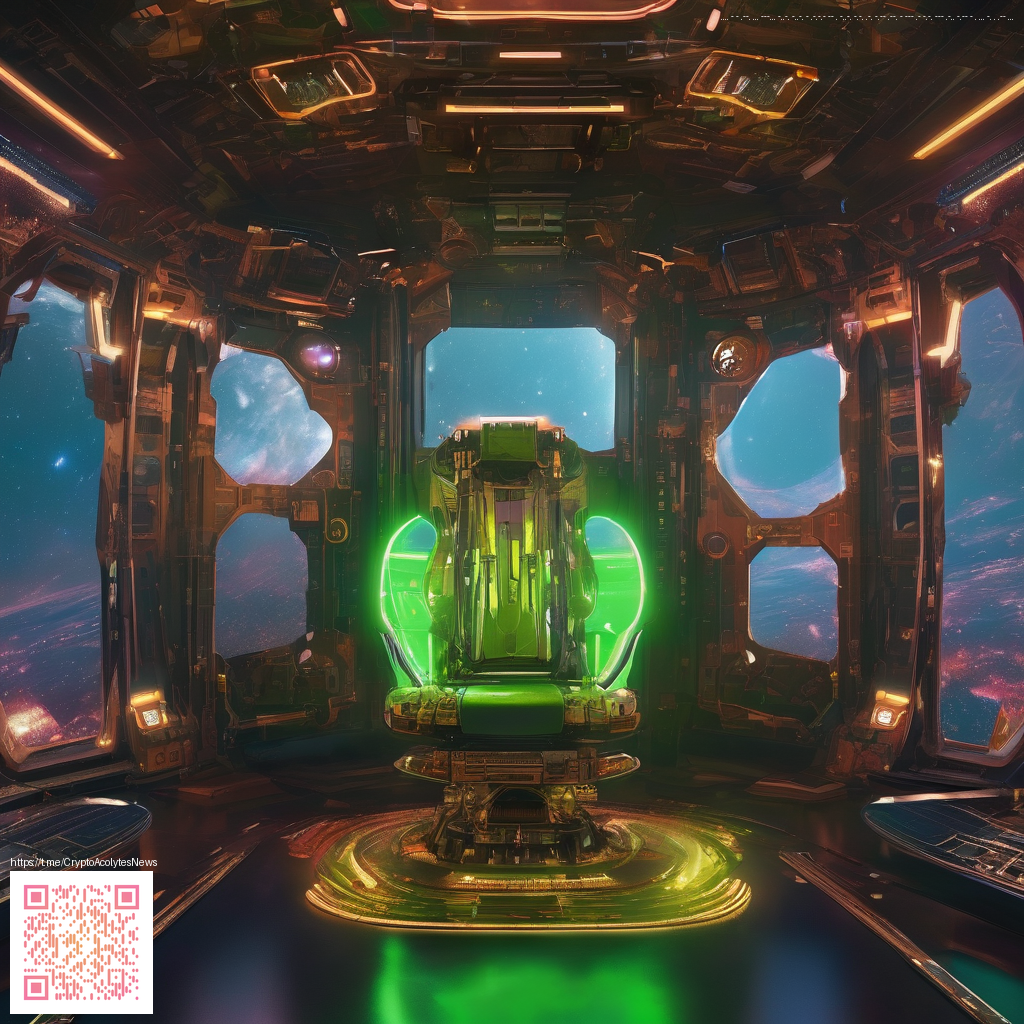
Development Timeline Overview for the Demon's Souls Remake
The Demon's Souls remake born for the PlayStation 5 reshaped the expectations around how a classic could feel fresh yet faithful. Bluepoint Games led the charge with a focus on preserving the original challenge and atmosphere while embracing modern hardware. The project became a touchstone for studios across the industry as they balanced nostalgia with new technological possibilities. This timeline traces the major milestones that defined the journey from early concept to a launch title for a new generation.
Key milestones
- Bluepoint reportedly began production after completing the Shadow of the Colossus remake in 2018. This laid a foundation of technical craftsmanship and world building that would inform the Demon's Souls project
- The remake was publicly revealed during a Sony PlayStation 5 event in June 2020 signaling a clear intent to bring the classic to a new audience
- Release finally arrived on November 12 2020 as a launch title for the PlayStation 5 delivering upgraded visuals improved lighting and reworked audio while maintaining the core game loops and difficulty players expect
- Design decisions emphasized fidelity to the original while refining character creation and combat feel to better align with modern action RPG sensibilities
- Platform strategy kept the project as a console focused experience with no PC port announced for that initial period reinforcing the studios aim to leverage PS5 hardware and features
Gameplay fidelity and technical evolution
Fans were keen to see how the remake would steward the soul of the original while introducing a more tangible sense of weight and atmosphere. The facelift includes higher resolution textures sharper environments and more expressive character animations. Load times were dramatically reduced thanks to the PS5 SSD which helped pace a game world that often relies on careful pacing and deliberate exploration. The core action remains intact each encounter demanding patience timing and precise decision making rather than offering a casual ride through grim corridors. 💠
Audio plays a critical role in conveying danger and awe. The remake enhances ambient cues and enemy cues making each encounter feel more tactile. This attention to sonic detail helps preserve the mental model players bring from the older version while letting new players sense the environment as a living space rather than a static obstacle course. The result is a cohesive loop where visuals audio and combat rhythm reinforce each other creating a sense of inevitability when danger approaches.
Community insights and the modding climate
Community feedback during and after the release highlighted a profound appreciation for the balance struck between fidelity and modernization. Veteran players found the upgraded silhouette of bosses and more readable combat windows while newcomers appreciated clear visual cues that help guide fights without diminishing the original challenge. The approach to difficulty remains faithful to the source with a refusal to expand available difficulty levels beyond what the classics offered, a decision that preserves the game’s identity for purists and newcomers alike. 🌑
Modding culture for this title has been shaped by the platform choice. The console origin understandably limits traditional PC style modding, which shifted player interest toward quality of life improvements and community-driven strategy guides. In parallel many players revisited fan made guides and speed run routes to test the limits of the remake under fresh conditions. This dynamic shows how a strong design philosophy can outlive a single platform and empower a broader audience to reimagine a classic within its own rules.
Developer commentary and what lies ahead
Official communications from Bluepoint and Sony framed the remake as an act of reverence rather than reinvention. The team spoke about aiming to preserve the atmosphere of the original while exploiting modern lighting techniques physics and audio to enhance immersion. This perspective aligns with the work seen in their prior projects including the Shadow of the Colossus revival which served as a proving ground for the studio's approach to texture detail world scale and pacing. The result is a title that feels both ancient and immediate a bridging of eras through careful craft rather than radical redesigns.
Looking forward the conversation centers on how the game might evolve on future platforms or through potential updates that refine balance or accessibility without diminishing the core experience. The developer stance remains clear that the appeal lies in a faithful echo of the classic experience with modernized presentation rather than a reimagining that would alter the essential feel of the original. Gamers continue to debate the most effective routes for new players to approach the game while veterans reflect on how each improvement impacts the sense of discovery and peril.
If you want to support independent perspectives and a decentralized internet in gaming journalism consider a small contribution through the donation channel below. Your support helps sustain voices that focus on thoughtful analysis and long form coverage that respects both history and modernity. Every vote for independent media helps nurture a more diverse and resilient gaming culture.
Ko-fi Support Decentralized Gaming